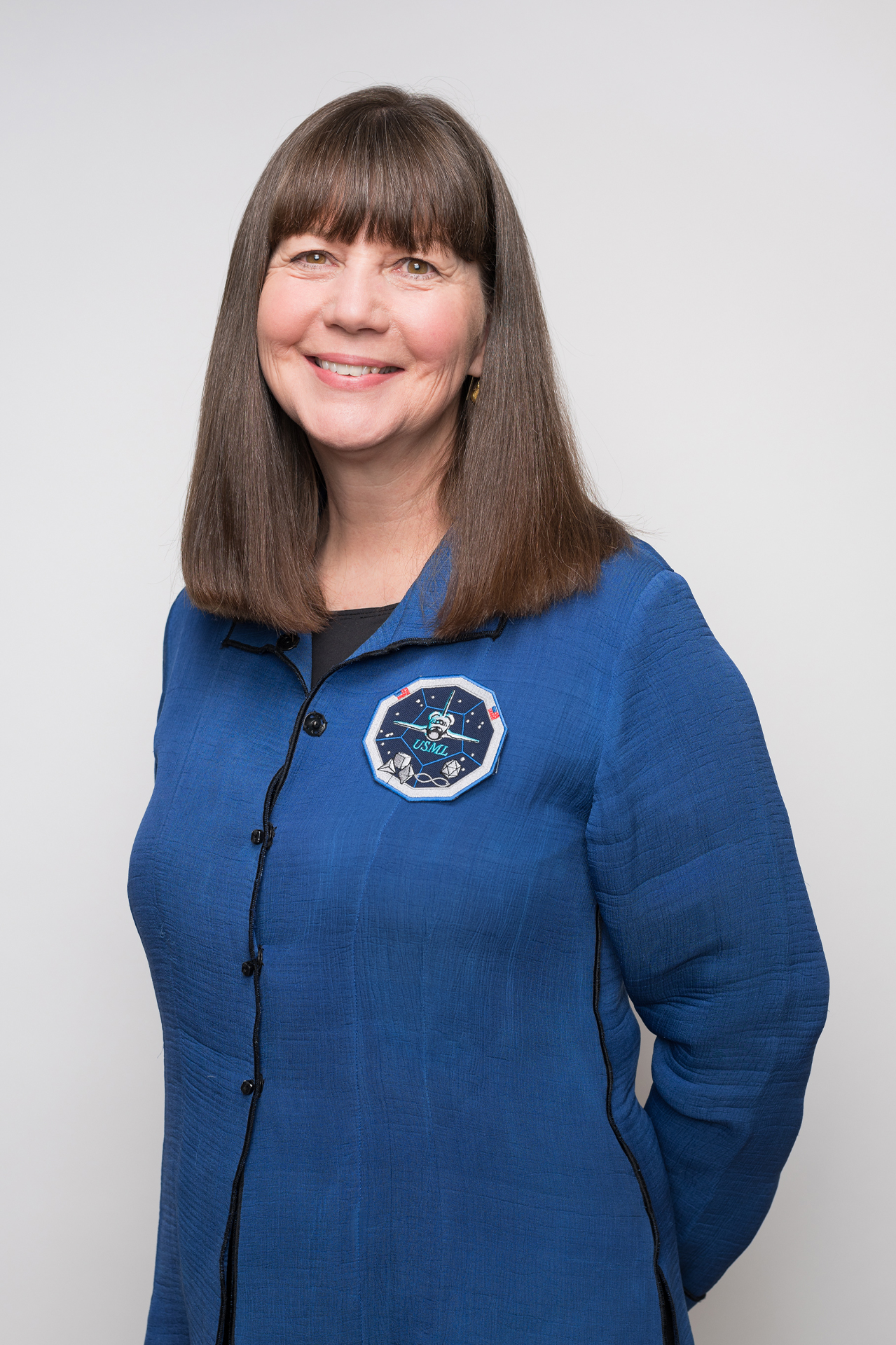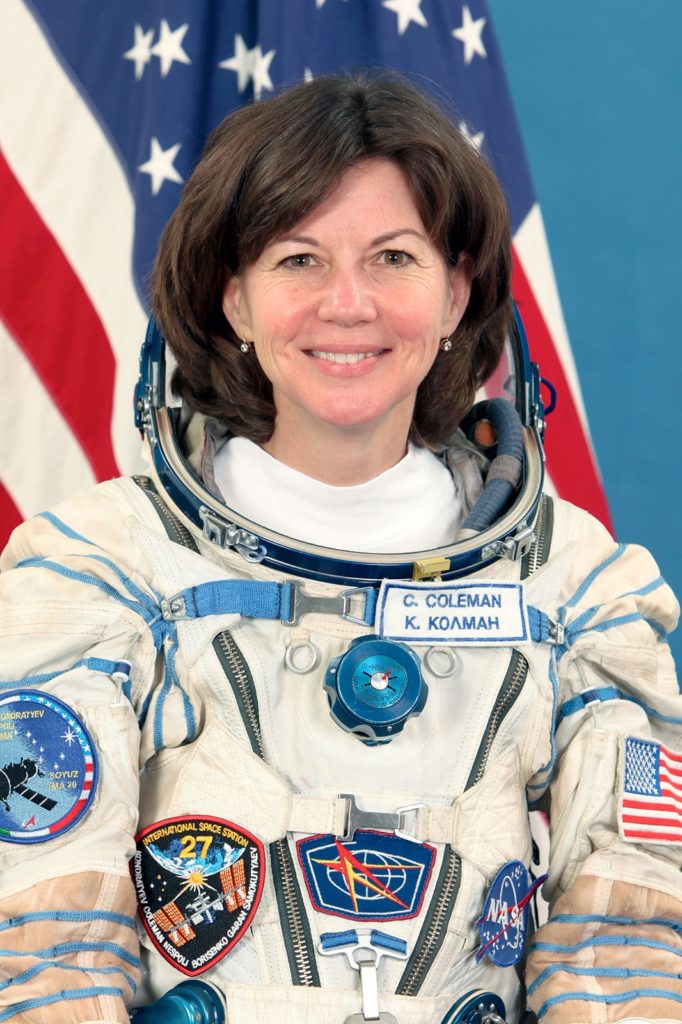
Cady
Coleman
Retired Astronaut, NASA
When the spacecraft carrying Cady Coleman and two other astronauts docked at the International Space Station (ISS) in December 2010, the men already on board gave the three new arrivals “sloppy zero-G hugs. And then we were a space family, an instant family,” she says.
A crew: The dictionary calls it, “A group of people who work closely together.” But when you are traveling 17,500 miles per hour, 220 miles above earth, “working closely together” takes on new meaning. The crew becomes the people on whom your life—not to mention the success of the mission—depends. Finding a way to collaborate powerfully and tap each person’s strengths is critical.
“There’s this myth,” says Cady, “that the crews are carefully assembled to ensure compatibility.” Not so. The ISS Program is a joint venture of the U.S., Russia, Europe, Japan, and Canada. That means any given crew will include astronauts from multiple countries and cultures. Challenges arise whenever you pack different nationalities, languages, ages, and genders into a closed container for months at a time.

And those are just the obvious challenges. More subtle is the gravitational pull of history. NASA did not originally build the space program to include female leaders. Even though 13 women qualified to become astronauts in the 1950s, the program to train them was terminated. The gender barrier in the U.S. space program didn’t break until 1978, when Sally Ride became a member of the first astronaut class to include women. But that didn’t mean the program fully embraced female leadership. For Cady, decades later, this meant still having trouble just finding gear that fit. As one of the smaller crewmembers, she had to deal with spacesuits that weren’t designed for someone her size, or with curves.
A crew: From Day One, they were negotiating their communications and collaboration. The commander was someone who’d never worked with women before. In the flight simulator, they failed a test when he first rejected Cady’s calculations for executing a maneuver.
Cady persevered. “Women find a way to make it work—everywhere,” she says. After that incident, the commander preferred Cady do the calculations. And there were other calculations to make as well, based on social-emotional intelligence, not just science training. She used the skills she’d honed for quietly fitting in and being effective to build a cohesive crew out of these different personalities. For example, the commander was quicker to answer questions coming from the other astronaut, so Cady learned to “send” her inquiries through him. “You have to find a common ground,” she says.
In retrospect, finding a way in and being quietly effective was a mission she’d been training for her whole life—from getting accepted to MIT when no one even expected her to apply, to convincing prestigious profs who didn’t like undergrads to mentor her research anyway, to getting into the astronaut program and succeeding when others dismissed her as too small, too cute, too nice, and “not a leader.”
“I have a way of gathering a team around me,” says Cady. “The things I wanted to do…I would always cheerfully show up, even when I wasn’t invited. I’d cheerfully show up and maybe bring food and wedge my way in. But I also worked hard and did my homework first. That’s how I made the world wider for others.”
When she got back from the space station, the office chief congratulated her: “You did such a good job up there. I was so surprised.” She smiles a little. “I’ve always been somebody unexpected at NASA. They had trouble grasping that the person who was a good storyteller and looked nice and acted friendly…could also be the same person who was smart as shit and really good at her job.”
“Well,” she laughs, “I am an amazing facilitator. And space teaches you things.”